Traditionally, track inspections require physical access to the track for an inspector to visually assess the track condition. However, to access the track in this way generally requires a “track block”, which is expensive and must fit into often-busy train schedules. This can delay inspections and may place the track at additional risk of component failure.
The adoption of drone technology may negate some of the physical track inspection issues, provide track images to measure the rate of changes over time and ultimately reduce costs of monitoring track infrastructure.
ACRI is testing the feasibility of using unmanned aerial vehicles designed for infrastructure inspection in a harsh desert environment utilising artificial intelligence to identify track defects.
Field trials were recently conducted in the Pilbara to capture high-resolution images of track components and evaluate the effectiveness of defect detection algorithms developed at the Centre for Railway Engineering, CQUniversity. These images will be processed using high speed, pattern recognition software.
The analysis algorithm will output a list of defects with GPS coordinates for further action. If successful, the techniques developed in this project could be applied to other railway networks with minimal modifications.
